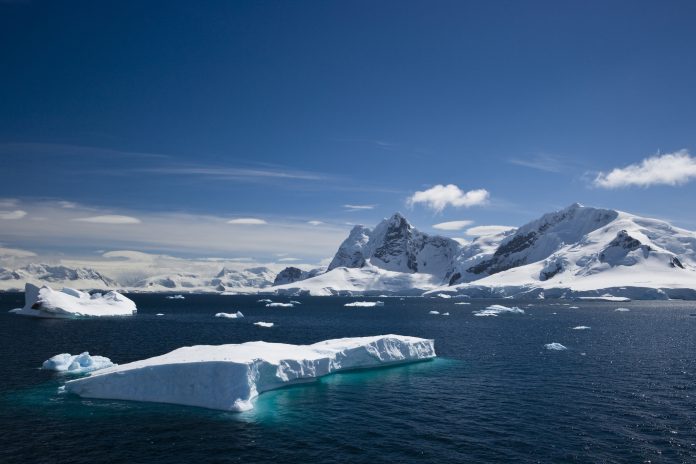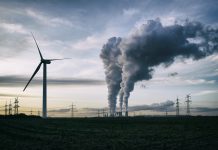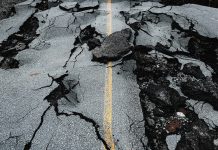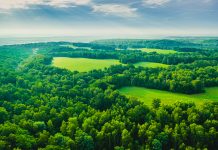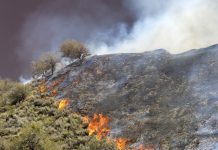The Antarctic Peninsula is experiencing an extreme transformation as vegetation cover has multiplied over the past four decades
This green shift explained in a study published in Nature Geoscience by researchers from the universities of Exeter, Hertfordshire, and the British Antarctic Survey, shows the impact of climate change on one of Earth’s most extreme environments.
Vegetation across the Antarctic peninsula
Satellite data spanning from 1986 to 2021 revealed an increase in vegetation across the peninsula, from less than one square kilometer to nearly 12 square kilometers.
The greening trend has accelerated by over 30% in recent years, expanding by more than 400,000 square meters annually from 2016 to 2021 alone.
Dr. Thomas Roland from the University of Exeter emphasised the resilience of Antarctic plant life, predominantly mosses, in adapting to harsh conditions. “The plants we find on the Antarctic Peninsula — mostly mosses — grow in perhaps the harshest conditions on Earth,” he noted.
“The landscape is still almost entirely dominated by snow, ice and rock, with only a tiny fraction colonised by plant life.”
The study’s findings confirm the greening trend and also raise concerns about its ecological implications. Dr. Olly Bartlett of the University of Hertfordshire pointed out, “As these ecosystems become more established — and the climate continues to warm — it’s likely that the extent of greening will increase.”
Antarctica’s future
This research shows the urgency for further investigation into the specific climatic drivers behind this transformation. ” In order to protect Antarctica, we must understand these changes and identify precisely what is causing them.” Dr. Roland explained.
The study also highlights the vulnerability of the Antarctic Peninsula to ongoing climate change. With continued anthropogenic warming, we would see shifts in the biology and landscape of the Antarctic peninsular region.
Researchers are now looking into how newly ice-free landscapes are being colonised by plants, a process that could reshape Antarctica’s ecological future.
The accelerating greening trend reminds us of the consequences of climate change, even in the most remote corners of the planet. As Antarctica’s ecosystems respond to warming temperatures, the global community faces a critical challenge: to understand, protect, and preserve this unique wilderness for generations to come.

